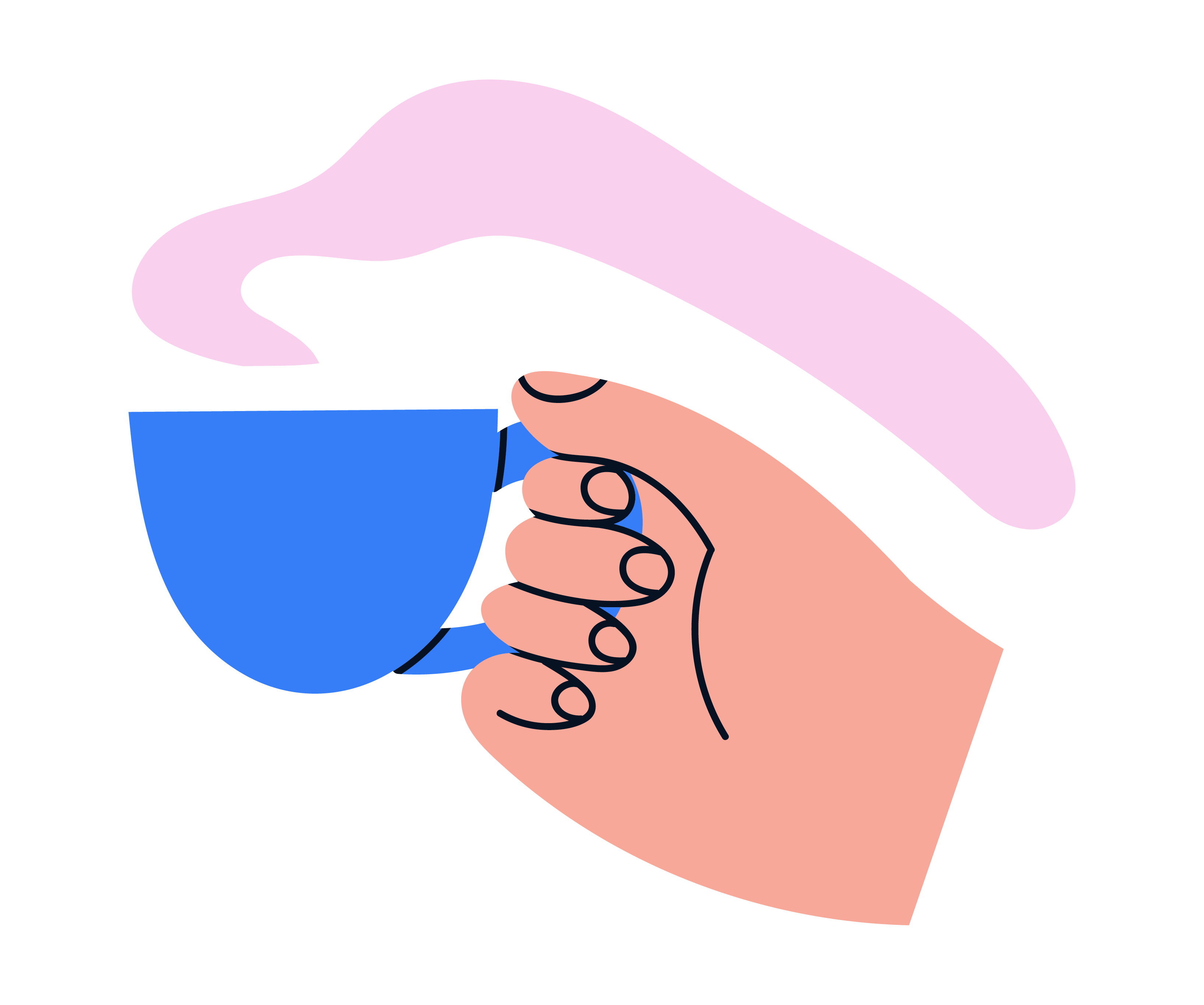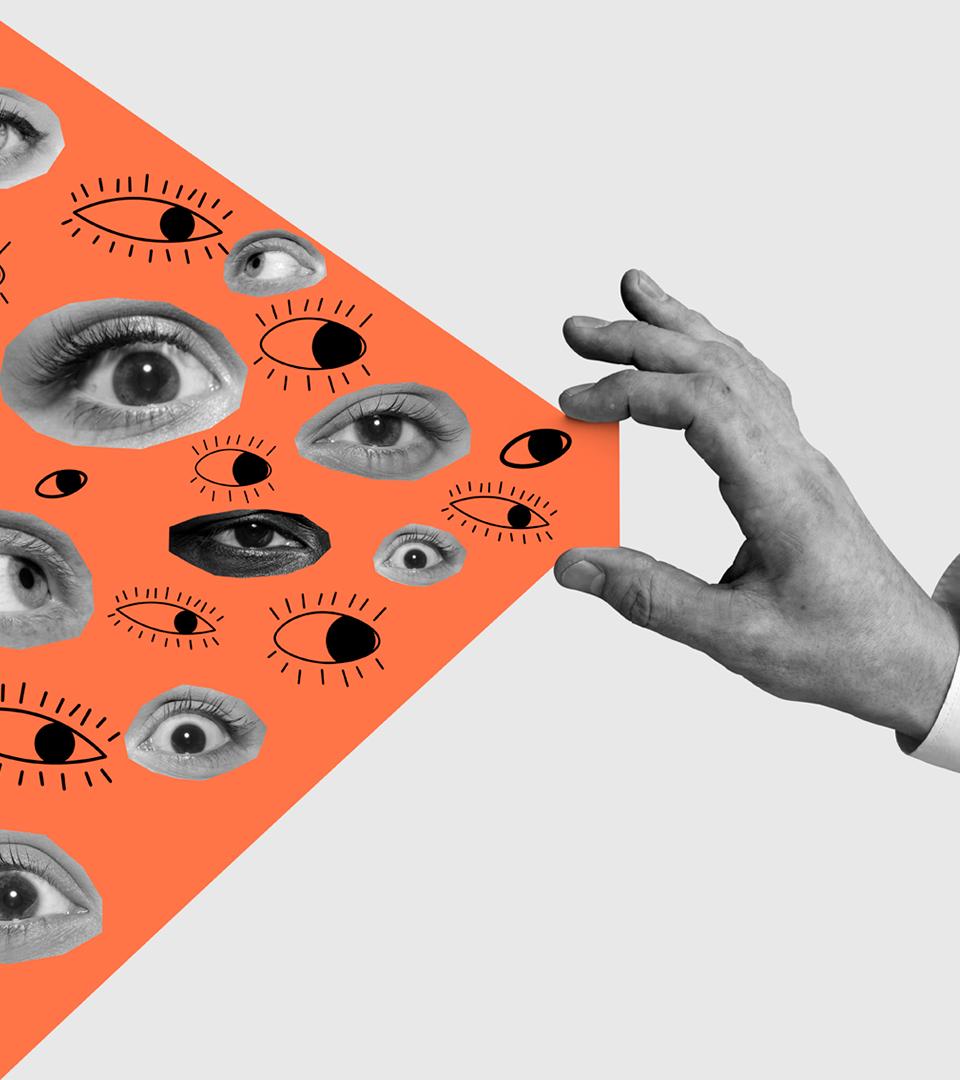
Don’t cry over spilled marketing
But feel free to cry about marketing in general—or laugh, smile, or any other action that expresses an emotion. Well over half of our decisions as humans are based on emotions – and only then do we support them with logic and facts. This applies regardless of whether it is about what you should have for dinner, how you react to a promotion, or whether you should bring that new TV on sale with you back home.
We are particularly interested in the part that deals with purchases. Because emotions are of great importance to where we put our money – and therefore also of great importance to your marketing.
But why do emotions weigh so much into our decisions? And how can we use that to optimize our marketing? Let’s take a look at that.

Why use emotions in marketing?
The very simple answer is that our brains are coded to process emotions faster than rational thought.
When you put together messages in your marketing, you must remember that people primarily react to emotions.
However, this does not mean that you should forget the logical part completely. As previously mentioned, people support their feelings with facts and logic. Your messages must therefore contain elements that try to accommodate both.
We give you eight tips on how.

In short
- Both negative and positive emotions can be brought into play – if it makes sense.
- People reflect people – express the desired action or feeling with video etc.
- Recommendations from other users can encourage decision-making processes.
- Make users feel like they are missing out.
- When something is available in a limited amount, it becomes more attractive.
- Give potential customers something of value that makes them want to reciprocate.
- Good stories make people remember and understand messages better.
Time to dig deeper.
8 ways to bring emotion into your marketing

1. Focus on feelings
When using emotions in your marketing, you can use negative as well as positive – if it makes sense to your business. Start by considering what emotions your product or service brings out in people. Is it joy, sadness, conscience or perhaps motivation? Once this is established, you can begin to shape your strategy accordingly.

2. Reflect in others
When you see another person performing an action, your brain automatically reacts as if you were doing the same activity yourself. This is due to what are called Mirror Neurons: brain cells that are activated by the same emotional response in both the observer and the observed.
It is part of the explanation for why we feel empathy for those in need, or why we laugh when others do it. But also, why we feel driven to act when we experience something inspiring.
The way you can make use of this in your marketing is by expressing the feeling you want to evoke in people through video, images, or copy. In this way, you can get the target group to act through the emotional relationship that arises.

3. People seek other people
Word of mouth is one of the most effective and trustworthy forms of marketing. As humans, we tend to be more inclined to do the same as others do – especially if we can recognize something of ourselves in the others.
Therefore, it is also quite natural that most people look at what others have done in the same or similar situation if they are unsure about a decision.
For the same reason, influencer marketing can be incredibly effective. Other ways in which you can make use of social proof are with customer cases, testimonials, recommendations, reviews etc.

4. Afraid to lose
The brain is working in a way that make you more afraid of losing or missing something than happy to have achieved something. It is also called Loss Aversion. The negative emotions are therefore often allowed to dominate.
You can take advantage of that by making people feel like they’re missing out or losing something if they don’t interact with your brand, buy your product, or use your service. Make it seem indispensable.

5. Limited availability
When something is only available to a limited extent, people are generally more motivated to act. Therefore, you also see that some people are willing to pay a lot of money for products that are limited edition or if there is a feeling that the product will soon be sold out. Scarcity makes things desirable.
This is precisely what is used extensively in marketing to create a sense of urgency among the target group: time-limited offers, products, or services. VIP access can also be motivating, as only some users get access or early access to a product or offer.

6. Do something in return
Reciprocation is another important keyword when it comes to emotions in marketing. People are more likely to do something for someone if they feel they have done something for them first. It also means that there is a greater chance that the user will make a purchase from you if you have given them something in exchange.
You can build such a relationship with knowledge, samples, discount codes or the like. If they find the exchange valuable enough, you are in a strong position in relation to a future conversion.

7. Good storytelling is effective
It is significantly easier for people to understand and remember messages when they are conveyed through stories. And stories evoke emotions. Stories give the user the opportunity to create their own interpretation and experience – and thus link their own feelings to the story. With storytelling, you therefore get the opportunity to be both remembered and understood better. That’s why good stories are effective.

8. Understand your customers
The most important element when using emotions in marketing is that you know and understand your customers. It is not certain that one type of emotional technique will work on your target group, even if it works on others. Therefore, be thorough in your target group research. You can find tips on how to get closer to your customers in our article on the same topic.